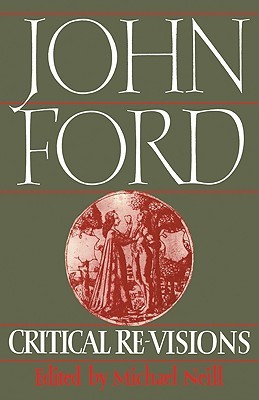
- We will send in 10–14 business days.
- Author: Michael Neill
- Publisher: Cambridge University Press
- ISBN-10: 0521128579
- ISBN-13: 9780521128575
- Format: 14 x 21.6 x 1.7 cm, minkšti viršeliai
- Language: English
- SAVE -10% with code: EXTRA
Reviews
Description
Originally published in 1988, John Ford: Critical Re-Visions offers a wholesale reconsideration of the reputation of a major Caroline playwright. The volume takes an historical perspective and offers a better understanding of Ford's achievement in the light of the theatrical and social conditions of his own day. The collection of essays was assembled for the 400th anniversary of the playwright's birth. The contributors, well known scholars in the field, work from a variety of critical positions: insights associated with a new historicist, feminist, structuralist and post-structuralist theory are represented, together with more traditional approaches. The essays range from detailed readings of the individual plays, including 'Tis Pity She's a Whore, Perkin Warbeck, Love's Sacrifice and The Lady's Trial to more wide-ranging studies of imagery and theatrical convention; several help to illuminate our understanding of Ford's plays in the theatre of his own time, while another offers a detailed account of post-war stage, film and television productions.
EXTRA 10 % discount with code: EXTRA
The promotion ends in 23d.07:36:21
The discount code is valid when purchasing from 10 €. Discounts do not stack.
- Author: Michael Neill
- Publisher: Cambridge University Press
- ISBN-10: 0521128579
- ISBN-13: 9780521128575
- Format: 14 x 21.6 x 1.7 cm, minkšti viršeliai
- Language: English English
Originally published in 1988, John Ford: Critical Re-Visions offers a wholesale reconsideration of the reputation of a major Caroline playwright. The volume takes an historical perspective and offers a better understanding of Ford's achievement in the light of the theatrical and social conditions of his own day. The collection of essays was assembled for the 400th anniversary of the playwright's birth. The contributors, well known scholars in the field, work from a variety of critical positions: insights associated with a new historicist, feminist, structuralist and post-structuralist theory are represented, together with more traditional approaches. The essays range from detailed readings of the individual plays, including 'Tis Pity She's a Whore, Perkin Warbeck, Love's Sacrifice and The Lady's Trial to more wide-ranging studies of imagery and theatrical convention; several help to illuminate our understanding of Ford's plays in the theatre of his own time, while another offers a detailed account of post-war stage, film and television productions.


Reviews